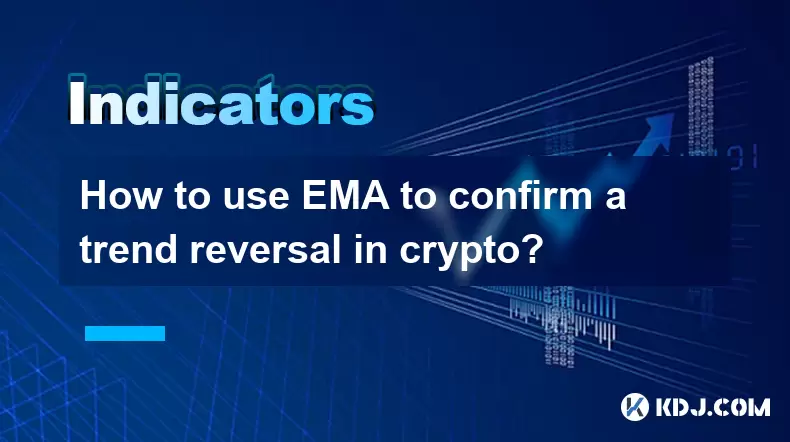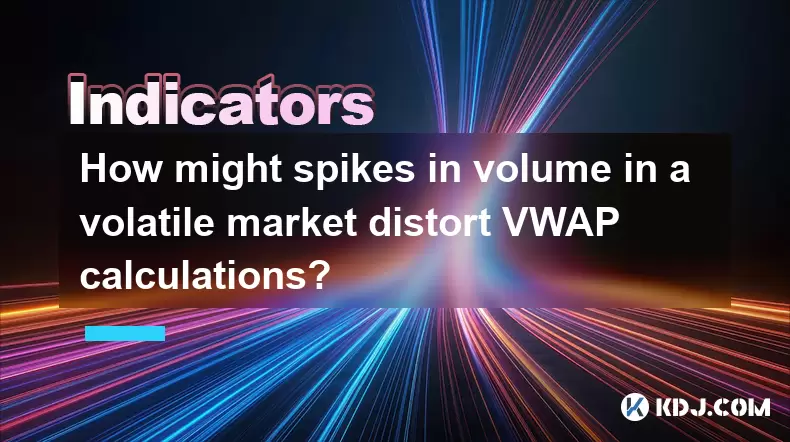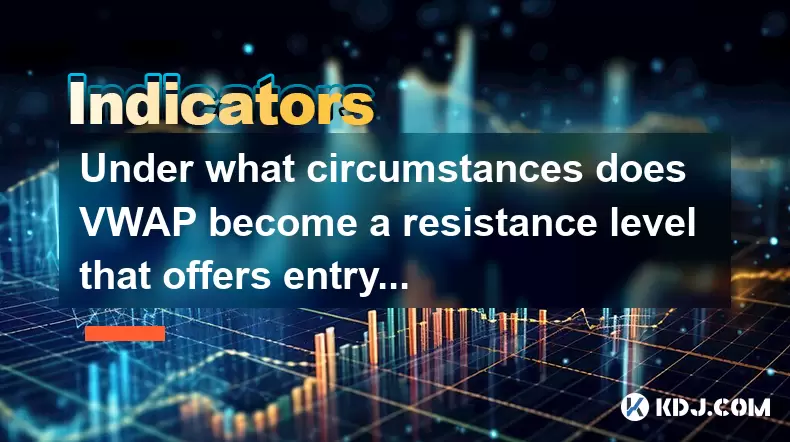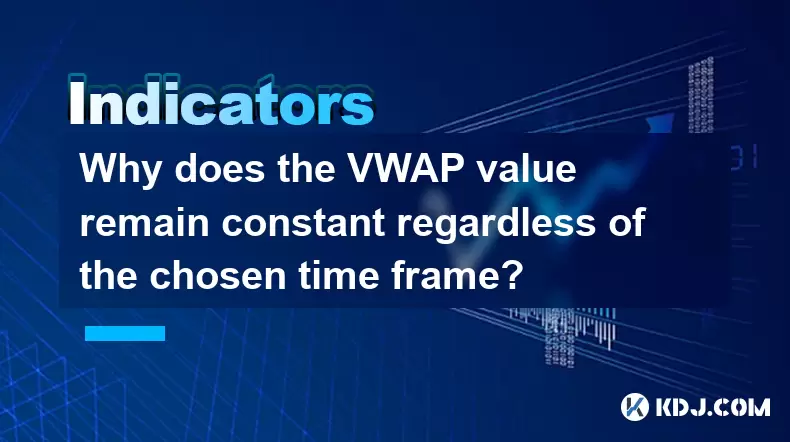-
 Bitcoin
Bitcoin $117700
-0.03% -
 Ethereum
Ethereum $3805
0.49% -
 XRP
XRP $3.098
-1.00% -
 Tether USDt
Tether USDt $1.000
0.03% -
 BNB
BNB $792.8
-1.72% -
 Solana
Solana $177.9
-1.95% -
 USDC
USDC $1.000
0.02% -
 Dogecoin
Dogecoin $0.2202
-1.55% -
 TRON
TRON $0.3278
-2.92% -
 Cardano
Cardano $0.7641
-2.43% -
 Hyperliquid
Hyperliquid $42.21
-2.68% -
 Sui
Sui $3.758
-1.58% -
 Stellar
Stellar $0.4080
-3.21% -
 Chainlink
Chainlink $17.75
-0.33% -
 Bitcoin Cash
Bitcoin Cash $591.8
4.96% -
 Hedera
Hedera $0.2561
-3.09% -
 Avalanche
Avalanche $23.34
-4.24% -
 Litecoin
Litecoin $110.7
1.96% -
 UNUS SED LEO
UNUS SED LEO $8.956
-0.01% -
 Toncoin
Toncoin $3.410
0.79% -
 Ethena USDe
Ethena USDe $1.001
0.03% -
 Shiba Inu
Shiba Inu $0.00001288
-1.82% -
 Uniswap
Uniswap $10.07
-2.06% -
 Polkadot
Polkadot $3.807
-2.27% -
 Monero
Monero $308.2
-2.15% -
 Dai
Dai $1.000
0.03% -
 Bitget Token
Bitget Token $4.521
-0.30% -
 Pepe
Pepe $0.00001134
-1.52% -
 Cronos
Cronos $0.1457
0.65% -
 Aave
Aave $274.9
-2.47%
How to use EMA to confirm a trend reversal in crypto?
The Exponential Moving Average (EMA) helps crypto traders spot trend reversals by giving more weight to recent prices, with crossovers like the 9-day crossing above the 21-day signaling potential bullish momentum shifts.
Jul 30, 2025 at 03:57 pm

Understanding the Exponential Moving Average (EMA) in Crypto Trading
The Exponential Moving Average (EMA) is a widely used technical indicator in the cryptocurrency market that places greater weight on recent price data, making it more responsive to new information compared to the Simple Moving Average (SMA). This responsiveness makes EMA particularly effective for identifying trend reversals in fast-moving crypto assets. The core principle behind EMA is that recent prices are more relevant than older ones when predicting future movements. Traders typically use specific EMA periods—such as the 9-day, 21-day, and 50-day EMAs—to monitor shifts in momentum. By analyzing how price interacts with these moving averages, traders can detect early signs of a potential reversal.
Identifying EMA Crossovers for Trend Reversal Signals
One of the most reliable methods to detect a trend reversal using EMA is through crossover signals. These occur when a shorter-term EMA crosses above or below a longer-term EMA. For example:
- A bullish reversal may be signaled when the 9-day EMA crosses above the 21-day EMA.
- A bearish reversal may appear when the 9-day EMA crosses below the 21-day EMA.
These crossovers indicate a shift in momentum. To increase reliability, traders often wait for the crossover to be confirmed by price action closing beyond the longer-term EMA. It’s also common to combine multiple EMA lines on a single chart to create a moving average ribbon, which visually enhances the detection of trend changes. The tighter the crossovers cluster and the clearer the separation after the cross, the stronger the reversal signal.
Using Price and EMA Interaction to Confirm Reversals
Beyond crossovers, the relationship between price action and EMA lines can provide strong reversal clues. In a downtrend, price typically remains below key EMAs like the 50-day or 200-day. A potential bullish reversal begins when price closes decisively above the EMA after a sustained downtrend. Conversely, in an uptrend, price stays above the EMA; a bearish reversal may be forming if price closes firmly below the EMA following a prolonged rally.
To confirm such a move:
- Look for strong volume on the breakout candle to validate the reversal.
- Ensure the price sustains trading above or below the EMA for at least two to three periods.
- Watch for retests of the EMA line—where price returns to touch or slightly breach the EMA before continuing in the new direction. A successful retest without reversal back into the old trend strengthens the signal.
Applying Multiple EMA Timeframes for Confirmation
Using a multi-timeframe analysis with EMAs enhances the accuracy of reversal detection. For instance, a trader might examine the 1-hour, 4-hour, and daily charts simultaneously:
- On the daily chart, a 50-day EMA crossover might suggest a long-term trend change.
- On the 4-hour chart, a 21-day EMA support hold could confirm short-term strength.
- On the 1-hour chart, a 9-day EMA bounce might offer a precise entry point.
This layered approach prevents false signals caused by volatility on lower timeframes. When all timeframes align—such as price crossing above EMAs on each chart—the reversal signal becomes significantly stronger. Traders should adjust EMA periods based on their trading style: shorter periods for scalping, longer ones for swing or position trading.
Combining EMA with Other Indicators for Higher Accuracy
While EMA is powerful on its own, pairing it with other technical tools reduces false positives. The Relative Strength Index (RSI) can confirm whether a reversal is occurring from overbought or oversold conditions. For example:
- If price crosses above the 21-day EMA and RSI rises from below 30 (oversold), it supports a bullish reversal.
- If price drops below the 50-day EMA while RSI falls from above 70 (overbought), it supports a bearish reversal.
The MACD (Moving Average Convergence Divergence) also complements EMA analysis. A bullish MACD crossover coinciding with a price-EMA breakout increases confidence. Volume indicators like OBV (On-Balance Volume) can validate whether institutional or large-scale participation supports the reversal. The convergence of EMA signals with these tools creates a robust confirmation system.
Step-by-Step Guide to Detecting a Trend Reversal Using EMA
To practically apply EMA for spotting reversals in crypto, follow these steps:
- Open your preferred trading platform (e.g., TradingView, Binance, or MetaTrader).
- Load the price chart of the cryptocurrency you’re analyzing (e.g., BTC/USDT).
- Apply the 9-day EMA and 21-day EMA to the chart using the indicator menu.
- Observe whether the 9-day EMA is positioned above or below the 21-day EMA.
- Wait for a crossover event—either upward (bullish) or downward (bearish).
- Confirm the crossover with price closing beyond the longer EMA.
- Check for increased trading volume during the crossover candle.
- Validate using a second indicator like RSI or MACD.
- Monitor for a retest of the EMA as dynamic support or resistance.
- Enter a trade only after all conditions align and price demonstrates sustained movement in the new direction.
This process minimizes impulsive decisions and focuses on high-probability setups.
Frequently Asked Questions
What is the best EMA combination for detecting crypto trend reversals?
The 9-day and 21-day EMA combination is widely favored due to its balance between responsiveness and reliability. Shorter pairs like 5 and 13 are used for scalping, while 50 and 200 are better for long-term trend confirmation.
Can EMA alone be trusted for reversal signals in volatile crypto markets?
No. Due to high volatility, EMA signals can generate false breakouts. Always combine EMA with volume analysis and momentum indicators like RSI or MACD to filter out noise.
How do I adjust EMA settings for different cryptocurrencies?
More volatile assets like altcoins may require slightly longer EMAs (e.g., 13 and 34) to reduce whipsaws. Stablecoins or large caps like Bitcoin can use standard settings. Backtest on historical data to find optimal values.
Does EMA work the same way on all timeframes?
Yes, the principle remains consistent, but signals on higher timeframes (4H, daily) carry more weight than those on 5-minute or 15-minute charts. Always prioritize alignment across multiple timeframes.
Disclaimer:info@kdj.com
The information provided is not trading advice. kdj.com does not assume any responsibility for any investments made based on the information provided in this article. Cryptocurrencies are highly volatile and it is highly recommended that you invest with caution after thorough research!
If you believe that the content used on this website infringes your copyright, please contact us immediately (info@kdj.com) and we will delete it promptly.
- LYNO Token Presale: AI Arbitrage Revolution in DeFi
- 2025-07-31 05:11:11
- Pepecoin Successors: Can These Cryptocurrencies Make You a Millionaire?
- 2025-07-31 05:50:12
- AML Bitcoin Fraud: Cracking Down on Crypto Crime in the Big Apple and Beyond
- 2025-07-31 04:33:53
- Cardano (ADA) in 2025: Navigating Crypto's Future
- 2025-07-31 03:52:07
- Solana Meme Coin Price Prediction: Will the Frog Outleap the Dog?
- 2025-07-31 03:52:07
- Bitcoin's Bullish Outlook: CryptoQuant's Insights on Futures Market Cooling
- 2025-07-31 03:59:10
Related knowledge

How to use the AVL indicator with MACD for better signals?
Jul 31,2025 at 09:22am
Understanding the AVL Indicator and Its Role in Cryptocurrency TradingThe AVL indicator, also known as the Accumulation Volume Line, is a volume-based...

How to identify sell signals with the AVL indicator?
Jul 31,2025 at 07:09am
Understanding the AVL Indicator and Its Core ComponentsThe AVL indicator, also known as the Accumulation Volume Line, is a volume-based technical anal...

How does the VWAP line help in identifying overbought and oversold market conditions?
Jul 31,2025 at 05:19am
Understanding the VWAP Line and Its Role in Technical AnalysisThe Volume Weighted Average Price (VWAP) is a critical tool used by traders within the c...

How might spikes in volume in a volatile market distort VWAP calculations?
Jul 31,2025 at 07:40am
Understanding VWAP and Its Core ComponentsVWAP, or Volume-Weighted Average Price, is a trading benchmark that gives the average price a cryptocurrency...

Under what circumstances does VWAP become a resistance level that offers entry opportunities?
Jul 31,2025 at 08:57am
Understanding the Basics of Staking in CryptocurrencyStaking is a process used in proof-of-stake (PoS) blockchain networks to validate transactions an...

Why does the VWAP value remain constant regardless of the chosen time frame?
Jul 31,2025 at 09:58am
Understanding the Core Concept of VWAPThe Volume Weighted Average Price (VWAP) is a trading benchmark that calculates the average price a cryptocurren...

How to use the AVL indicator with MACD for better signals?
Jul 31,2025 at 09:22am
Understanding the AVL Indicator and Its Role in Cryptocurrency TradingThe AVL indicator, also known as the Accumulation Volume Line, is a volume-based...

How to identify sell signals with the AVL indicator?
Jul 31,2025 at 07:09am
Understanding the AVL Indicator and Its Core ComponentsThe AVL indicator, also known as the Accumulation Volume Line, is a volume-based technical anal...

How does the VWAP line help in identifying overbought and oversold market conditions?
Jul 31,2025 at 05:19am
Understanding the VWAP Line and Its Role in Technical AnalysisThe Volume Weighted Average Price (VWAP) is a critical tool used by traders within the c...

How might spikes in volume in a volatile market distort VWAP calculations?
Jul 31,2025 at 07:40am
Understanding VWAP and Its Core ComponentsVWAP, or Volume-Weighted Average Price, is a trading benchmark that gives the average price a cryptocurrency...

Under what circumstances does VWAP become a resistance level that offers entry opportunities?
Jul 31,2025 at 08:57am
Understanding the Basics of Staking in CryptocurrencyStaking is a process used in proof-of-stake (PoS) blockchain networks to validate transactions an...

Why does the VWAP value remain constant regardless of the chosen time frame?
Jul 31,2025 at 09:58am
Understanding the Core Concept of VWAPThe Volume Weighted Average Price (VWAP) is a trading benchmark that calculates the average price a cryptocurren...
See all articles

























































































